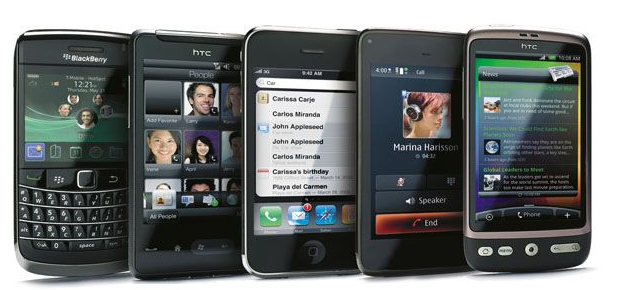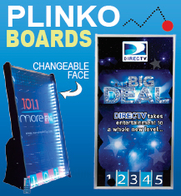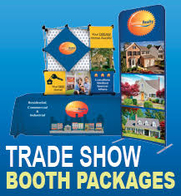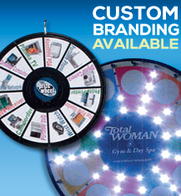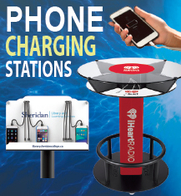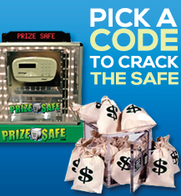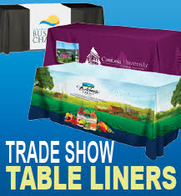Smartphones are becoming ubiquitous electronic devices for businesses today, and knowing when to take advantage of what smartphones have to offer and when to turn them off is crucial to successfully marketing your company at conferences and trade shows. But like other forms of technology, there are a few rules of etiquette to follow when using your smartphone in a business setting.
Promoting Your Company At Trade Shows And Marketing Events? There’s An App For That!
There are numerous innovative cell phone technologies that you can use to improve your effectiveness at trade shows. Most businesses take advantage of popular convention attractions to promote their trade show displays, but you can also use any one of several smart phone apps to reach a greater number of potential clients or customize your booth at trade shows and corporate events.
There’s a popular Google app that lets you scan business cards and import the information directly into your contacts list. It’s a simple and effective way to collect leads without having to worry about poor handwriting or filling out tedious forms. Just imagine not having to keep track of fistfuls of business cards!
QR codes on your promotional products or brochures can direct visitors to your website, offer them a free gift they can only get when visiting your booth, or give them a percentage off on products you’re selling. Visitors to trade shows love the feeling of getting a little something extra by simply scanning the QR code.
Incident notification systems grew out of a need for instant communication for emergencies, but it’s one of the most versatile trade show marketing tools around. You can instantly send messages to cell phones, smartphones, computers, landlines and pagers. Send out reminders before conferences, trade shows and industry events to generate interest, then follow up with leads after the fact to keep in touch effortlessly.
Don’t forget to check with the sponsors and planners for any trade shows, conventions, or conferences you’ll be attending. Many of them are using customized trade show apps to keep their attendees in the loop by providing maps, schedules, lists of exhibitors, and more to make participation effortless.
You can even broadcast streaming videos to smartphones and iPads to draw attention to a demonstration you’re presenting. Intelligent use of new technologies will ‘wow’ attendees at trade shows, conventions and conferences for any industry.
Smartphone Etiquette For Trade Shows And Conventions
Telephone technology has certainly added some tantalizing new ways to capture visitors’ attention at trade shows and other industry events, but there are a few times when you should not use your phone if you want to make a good impression:
- Don’t chat on your phone while you’re in your trade show booth. Prospects will quickly walk away if they see you’re otherwise occupied.
- Don’t use your cell phone where others can overhear your conversation. If it’s a personal call, you could embarrass yourself or eavesdroppers. If it’s a business call, competitors could be hearing company secrets.
- Don’t duck out constantly to make or receive cell phone calls. Your head – and the rest of you – should be fully focused on the events you’re participating in.
Finally, don’t be afraid to use your smartphone to make sure your most prized customers and prospects feel special. If they’ve expressed interest in scheduling a consultation, use your smartphones to arrange a meeting after hours. The use of technology in convention marketing is ever evolving and smartphones are the newest wave in popular trends. When used correctly, smartphones can draw visitors to your booth, help make sales and improve your overall ROI.
About the Author:
Jonathan Edelman provides helpful trade show marketing ideas, including prize wheels, customizable scratch-off cards, and trade show giveaways. With years of experience in the trenches, he is an expert on booth displays, lead generation techniques, and networking with trade show vendors to build a referral-generating system that leads to a boost in sales and revenue.








